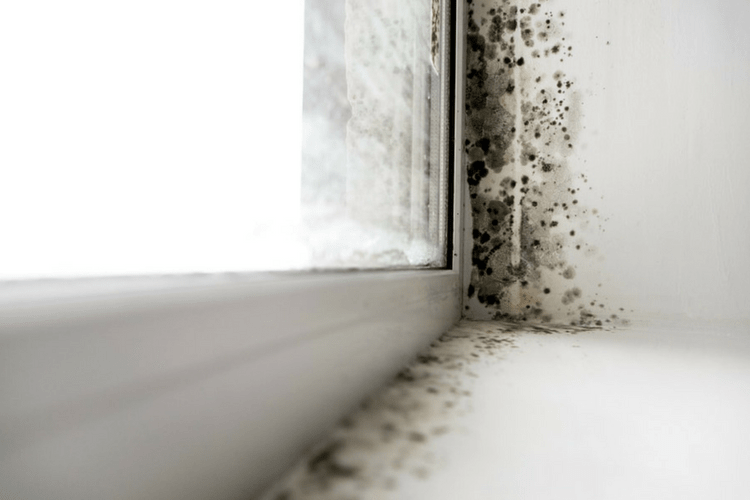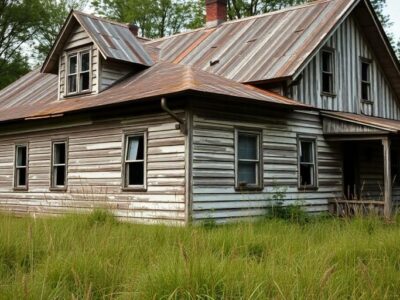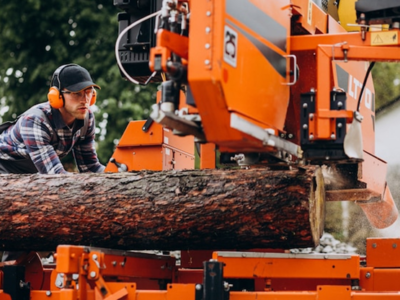The words “mold and mildew” describes fungi that grow in the form of multicellular strands called hyphae. Mold and mildew expand on any kind of dead organic matter in nature; however, is only noticeable to the human eye when it develops a huge swarm, called mycelium.
Unlike swarms of termites or ants, a mycelium is not made up of multiple specific organisms. It rather includes an interconnected network of hyphae, all components of the same organism.
If you have mold growth on wood, please visit the link.
How do mold and mildew expand?
Mold replicates through the production of tiny spores. These spores can be compared to the seeds of a plant, though they are smaller sized than seeds and even pollen grains.
Their tiny dimension makes them easy to spread through wind, as well as water. They can additionally travel across countries by sticking on to hair or clothing.
Mold spores can survive settings that do not sustain regular mold growth. They will only begin to expand when they land in an atmosphere with suitable water, temperature level, food, and oxygen.
Unlike plants that utilize photosynthesis to harness energy, molds, as well as all fungus, rely upon organic matter to offer power. Mold grows on the products it can digest.
These substances are damaged down right into simple, easy-to-absorb materials by the secretion of gastrointestinal enzymes. This process gives the call for food for the mold and mildew.
What advertises mold development?
Mold requires food, water, and oxygen to expand. It also requires a setting with a temperature level it can endure.
While mold and mildew cannot spread not having these conditions, their spores might endure in a dormant condition until problems are acceptable.
- Temperature: Most molds and mildews cannot expand below 40° F. This is why food is typically cooled at 39° F. Mold expands finest between 77° F, as well as 86° F, particularly if the air is moist.
- Water: Molds prosper in moist, wet, and wet problems. They call for water to expand as well as spread out, which is the reason it is suggested to maintain homes, especially carpets and walls as dry as feasible. Water leaks, high moisture, flooding, as well as condensation all provide dampness mold and mildew can utilize to spread and grow.
- Oxygen: Mold and mildews are obligate aerobes. This means that they need oxygen to make it through. Mold and mildew grow even at really low concentrations of oxygen, nevertheless, which makes it difficult to eliminate mold development by restricting oxygen.
- Food: Mold and mildew grow on materials that they can digest, as well as can digest a great deal. It can metabolize essentially any type of organic, or carbon-containing, matter in nature, making it impossible to get rid of all food resources of mold and mildew from your setting.








Comments